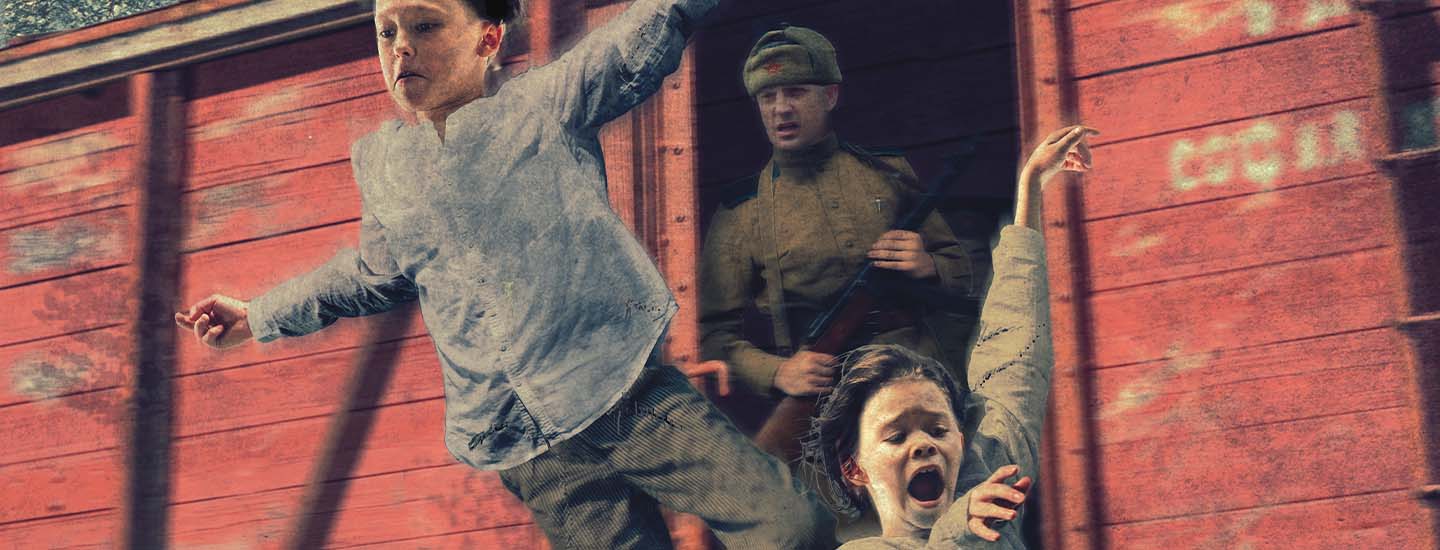Tylie Czerniak: What was your life like before World War II?
Polikarp Van Pyrz: I had a very happy life on a farm with my mom, dad, sister, and brother in Poland. We raised animals and grew crops. We were very self-sufficient.
TC: How did World War II change your life?
PVP: I was 13 when Germany attacked Poland from the west and the Soviet Union attacked from the east. Stalin’s soldiers arrived and told us they were taking us to a safe place where the German soldiers wouldn’t harm us.
On February 10, 1940, at 4 o’clock in the morning, Soviet soldiers came and marched us about 15.5 miles to the train station. My family and many others had to board a boxcar and travel for two weeks. We had no heat and almost no food. It was very crowded, and some people died.
TC: Where did the Soviets send you?
PVP: We were sent to a labor camp in northern Russia where the temperature was 40 degrees below zero! My mom’s job was to saw down trees in the forest with a handsaw. I would help her in the freezing cold. We worked long hours and had very little food to eat. If people couldn’t work, they were left to starve. The Soviets told my family we would never be free again, and my brother was forced into the Russian army.
Editor’s Note: In June 1941, Germany invaded the Soviet Union. Part of that country and all of Poland came under Nazi control. The Soviet Union then joined the Allies in the fight against Germany and the other Axis powers. By that time, the war had spread through most of Europe and parts of the Middle East, Asia, and North Africa.
After joining the Allies, the Soviets agreed to release hundreds of thousands of Poles from Soviet labor camps. Able-bodied men were expected to join the Polish army and fight for the Allies. But some men and most of the women and children—including Van Pyrz—became refugees, desperately traveling from place to place in search of safety.

